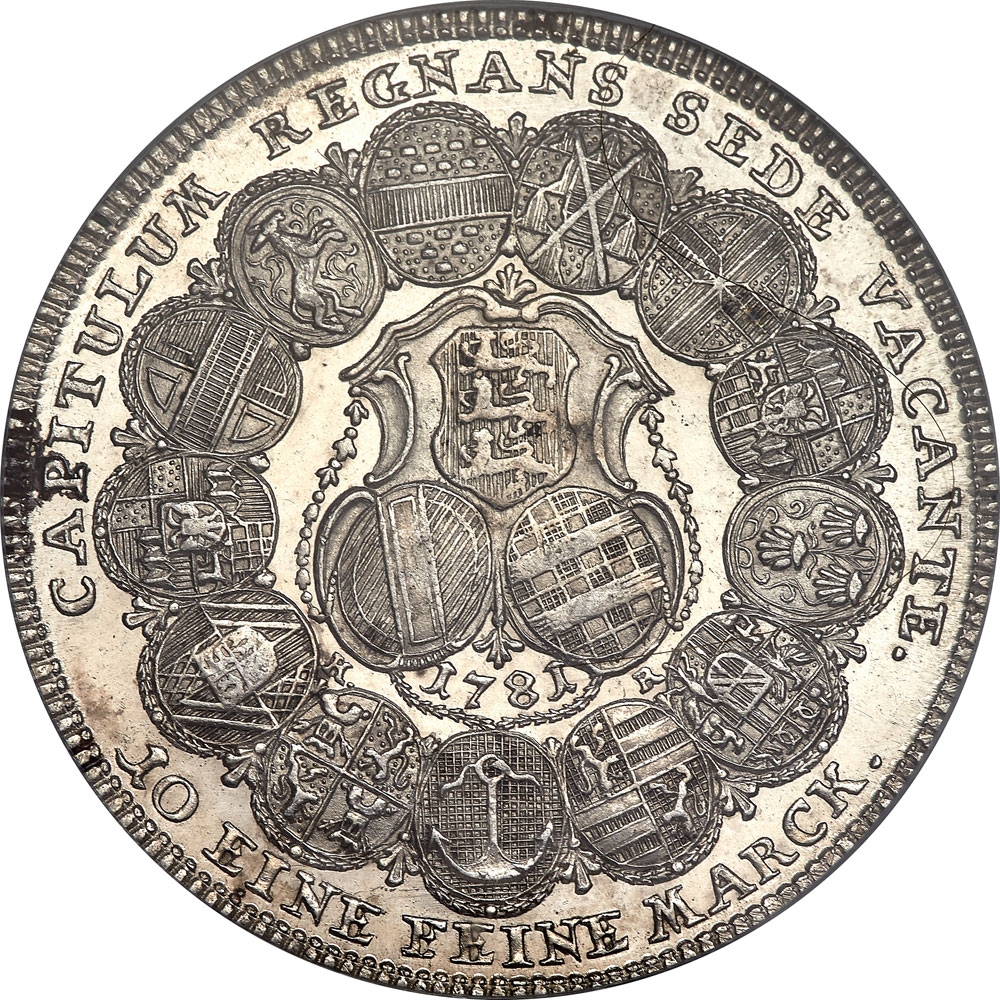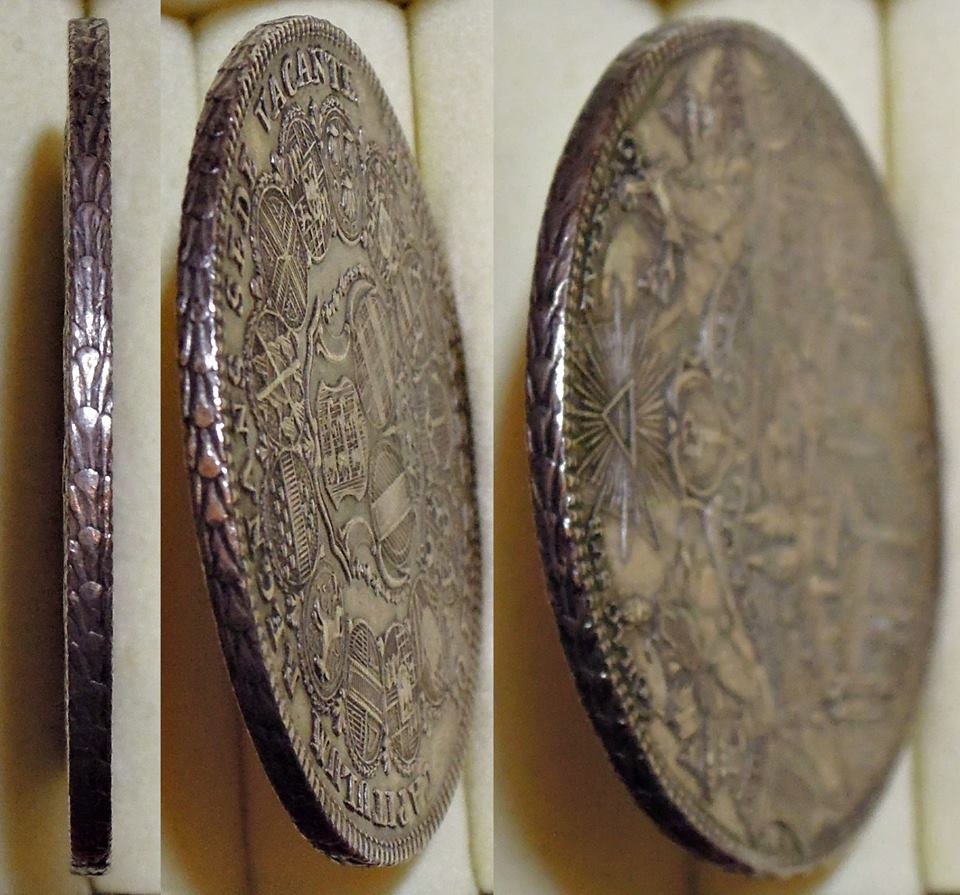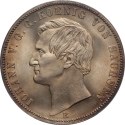You are about to finish your registration. Please check your mailbox (including spam folder). There should be a letter with a confirmation link. Check setting to make sure that your e-mail address is correct.
Send letter againDescription
The Bishopric of Eichstätt, or Prince-Bishopric of Eichstätt, was a small ecclesiastical principality of the Holy Roman Empire. Centered on the town of Eichstätt, it was located in the present-day state of Bavaria, somewhat to the west of Regensburg, to the north of Neuburg an der Donau and Ingolstadt, to the south of Nuremberg, and to the southeast of Ansbach.
The Diocese of Eichstätt was established in 741, when the Anglo-Saxon missionary Willibald was consecrated to the episcopate by Saint Boniface and turned to the church of Eichstätt in the German stem duchy of Bavaria. His successors achieved the status of a Prince-Bishop, when they inherited the Franconian territories of their former Vogt officials, the extinct Counts of Hirschberg. In reaction to the Protestant Reformation, Eichstätt joined the Catholic League in 1617.
In the course of the 1802 German mediatization following the French Revolutionary Wars, the bishopric was secularized and was in 1803, along with the Archbishopric of Salzburg, given in compensation to Archduke Ferdinand of Habsburg-Lorraine. Three years later, following Austria's defeat by Napoleon at the Battle of Austerlitz, the area was given to the Kingdom of Bavaria according to the Treaty of Pressburg.
Engravers: Riedner, Johann L. Oexlein
Obverse

|
13 oval arms form circle with 3 shields of arms and date within an ornate frame at center. CAPITULUM REGNANS SEDE VACANTE. |
|---|---|
Reverse

|
Eye of Providence above view of the city within the baroque frame with arms of the bishopric in center flanked by Saints Willibald and Walburga seated on clouds, urns to left and right labeled S. WIL and S. WAL. HAC SVB TVTELA |
| Edge |
Leaf security edge. |







